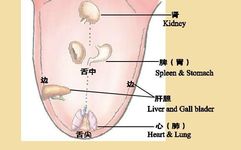To prevent losing contact, please follow the backup account: Da Yi Jing Cheng Ni Hai Xia. Tongue diagnosis is a crucial aspect of TCM observation, utilizing the color and shape changes of the tongue to assist in diagnosis and differentiation. The tongue body, also known as the tongue substance, is the muscular and vascular tissue of the tongue. The tongue coating is a layer of moss-like substance attached to the tongue body, generated by the stomach qi.
The tongue is the sprout of the heart, an external manifestation of the spleen, and the coating is generated by the stomach qi. Tongue diagnosis primarily examines the morphology, color, moisture, and dryness of the tongue body and coating to determine the nature of diseases, the severity of conditions, the abundance or deficiency of qi and blood, the balance of body fluids, and the state of the internal organs.
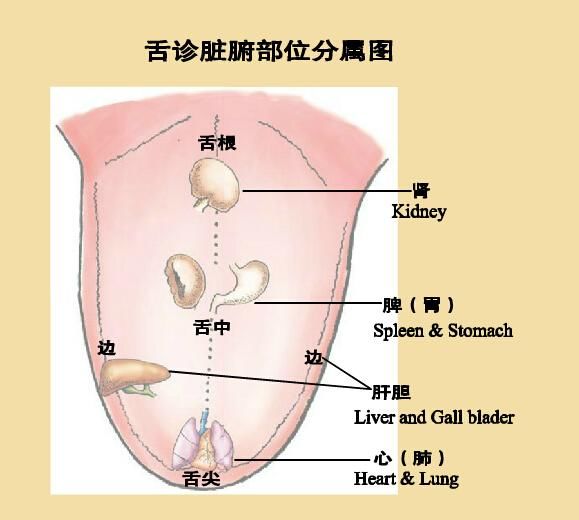 The internal organs are connected to the tongue through the meridians. Now, let’s explore how to observe the health of the body through the tongue.Three Major Tongue Bodies Indicating Possible Health Issues:
The internal organs are connected to the tongue through the meridians. Now, let’s explore how to observe the health of the body through the tongue.Three Major Tongue Bodies Indicating Possible Health Issues:
Cracked Tongue
A tongue surface with varying degrees of cracks in different shapes is known as a cracked tongue.▼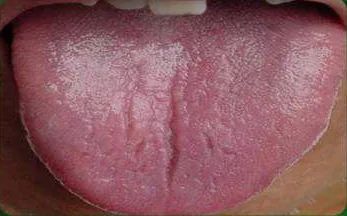 (1) Excess heat injures yin, often presenting as a red tongue with cracks; if you notice this phenomenon, seek medical attention promptly, and avoid consuming hot foods in daily life. Instead, eat more foods that nourish yin and reduce fire. (2) Blood deficiency leads to dryness, often presenting as a pale tongue with cracks; this tongue type is common in patients with anemia or those recovering from major illnesses or surgeries. It is essential to consume blood-nourishing foods gradually. (3) Spleen deficiency with dampness presents as a pale, plump tongue with teeth marks and cracks. Patients with this condition should consume foods like yam and coix seed to strengthen the spleen, improve digestion, and eliminate dampness.
(1) Excess heat injures yin, often presenting as a red tongue with cracks; if you notice this phenomenon, seek medical attention promptly, and avoid consuming hot foods in daily life. Instead, eat more foods that nourish yin and reduce fire. (2) Blood deficiency leads to dryness, often presenting as a pale tongue with cracks; this tongue type is common in patients with anemia or those recovering from major illnesses or surgeries. It is essential to consume blood-nourishing foods gradually. (3) Spleen deficiency with dampness presents as a pale, plump tongue with teeth marks and cracks. Patients with this condition should consume foods like yam and coix seed to strengthen the spleen, improve digestion, and eliminate dampness.
Teeth-Marked Tongue
A tongue body with indentations from the teeth is known as a teeth-marked tongue.▼ (1) A pale, moist tongue with teeth marks indicates internal cold and dampness. Patients should pay attention to warmth in daily life, avoid raw and cold foods, and try to stay away from overly humid environments. (2) A pale red tongue with teeth marks indicates spleen or qi deficiency. In daily life, one can consume Dong Quai (Dang Gui) and Poria (Fu Ling) in water. (3) A red and swollen tongue with teeth marks often indicates damp-heat phlegm obstruction. Patients with this condition are usually in a more severe state and should seek medical attention promptly.
(1) A pale, moist tongue with teeth marks indicates internal cold and dampness. Patients should pay attention to warmth in daily life, avoid raw and cold foods, and try to stay away from overly humid environments. (2) A pale red tongue with teeth marks indicates spleen or qi deficiency. In daily life, one can consume Dong Quai (Dang Gui) and Poria (Fu Ling) in water. (3) A red and swollen tongue with teeth marks often indicates damp-heat phlegm obstruction. Patients with this condition are usually in a more severe state and should seek medical attention promptly.
Swollen Tongue
A tongue body that is swollen and plump, or has teeth marks, and is pale and tender is known as a swollen tongue.▼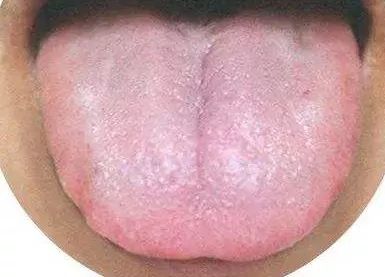 (1) A plump and tender tongue that is pale, with teeth marks, thin white coating, pale face, fatigue, reduced appetite, abdominal fullness, and loose stools, with a weak pulse. This often indicates spleen deficiency. It is recommended to consume foods that strengthen the spleen, such as yam, Poria, and coix seed. (2) A large, plump, tender tongue that is pale, with teeth marks, significant swelling below the waist, reduced urination, cold limbs, a dull or pale complexion, and a deep, slow, or thin pulse. This often indicates kidney deficiency with water retention. It is recommended to consume foods like black beans and winter melon in daily life.Three Major Tongue Coatings Indicating Possible Health Issues:
(1) A plump and tender tongue that is pale, with teeth marks, thin white coating, pale face, fatigue, reduced appetite, abdominal fullness, and loose stools, with a weak pulse. This often indicates spleen deficiency. It is recommended to consume foods that strengthen the spleen, such as yam, Poria, and coix seed. (2) A large, plump, tender tongue that is pale, with teeth marks, significant swelling below the waist, reduced urination, cold limbs, a dull or pale complexion, and a deep, slow, or thin pulse. This often indicates kidney deficiency with water retention. It is recommended to consume foods like black beans and winter melon in daily life.Three Major Tongue Coatings Indicating Possible Health Issues:
White Rough Coating, White Coating with Cracks
A white tongue coating that can be thin or thick, with rough and loose granules, dry and hard, resembling sand or stones, is known as white rough coating. If the granules are finer and the texture is hard with crosswise cracks, it is referred to as white coating with cracks. Clinically, this is often seen in external heat diseases and acute infectious diseases.▼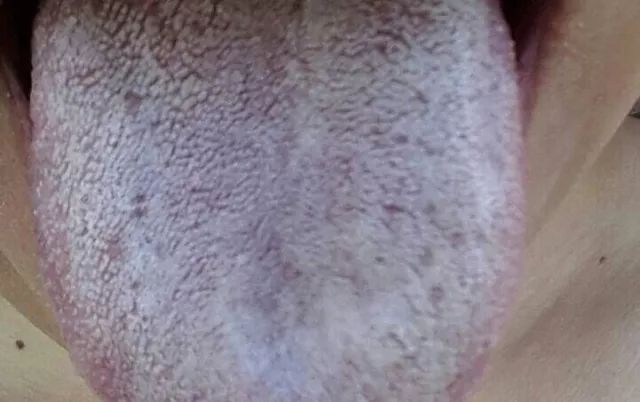
Yellow Greasy Coating
A yellow and greasy tongue coating with tightly packed granules is known as yellow greasy coating. This coating indicates damp-heat accumulation, phlegm transforming into heat, or food stagnation transforming into heat; it also indicates external heat and damp-heat conditions.▼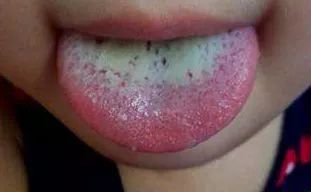
Gray Coating
A gray tongue coating with a hint of black is referred to as “gray-black tongue coating.” Gray coating is dry and indicates excess in the Yangming organ, with damage to the yin fluids.▼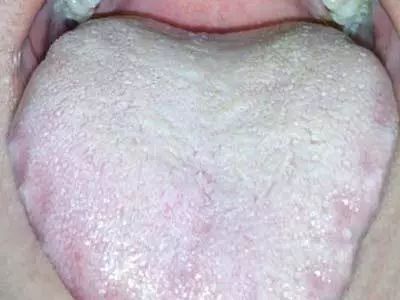
Black Coating
A tongue coating that is darker than gray coating, often developing from gray or burnt yellow coating. Black coating indicates internal heat and extreme cold. It often appears in severe stages of illness.▼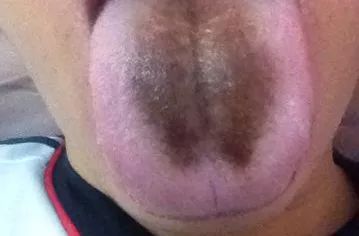
Burnt Yellow Coating
A tongue coating that is old yellow and burnt, or thick and deep yellow, especially in the center or at the root of the tongue, indicates internal heat and accumulation in the stomach.▼ Every morning, take 30 seconds to observe your tongue’s quality and coating while brushing your teeth. If there are obvious abnormalities, timely adjustments are necessary!
Every morning, take 30 seconds to observe your tongue’s quality and coating while brushing your teeth. If there are obvious abnormalities, timely adjustments are necessary!
“Tongue Diagnosis in TCM”, 23 High-Definition Case Images, Easy to Understand, Remember, and You Can Be a Doctor Too!
Tongue diagnosis is part of TCM observation and is an essential skill in TCM clinical practice.First, let’s look at tongue color
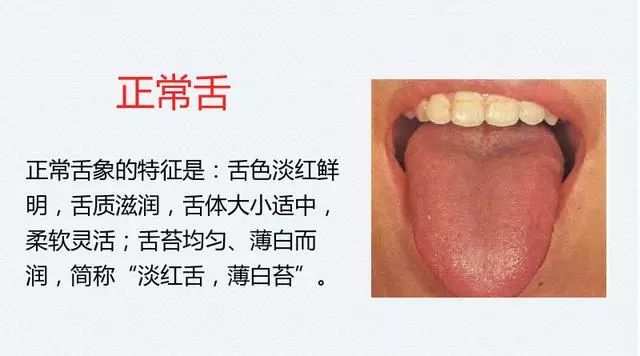
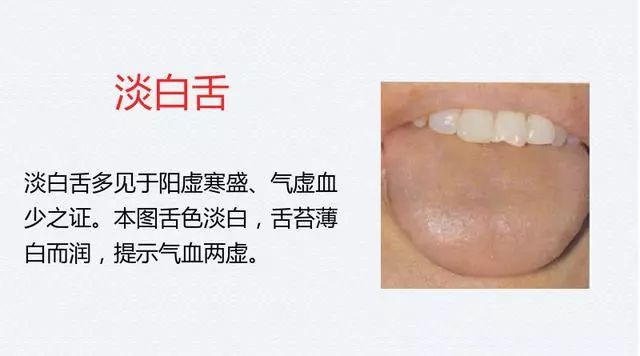
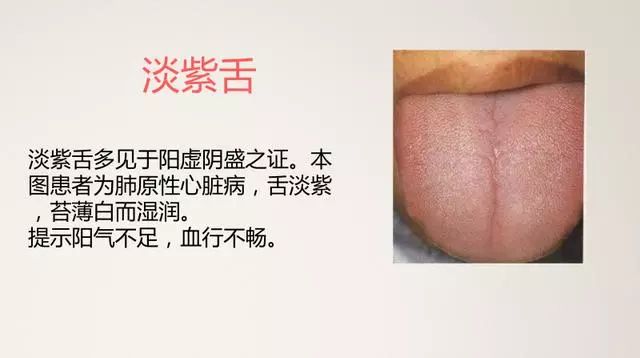
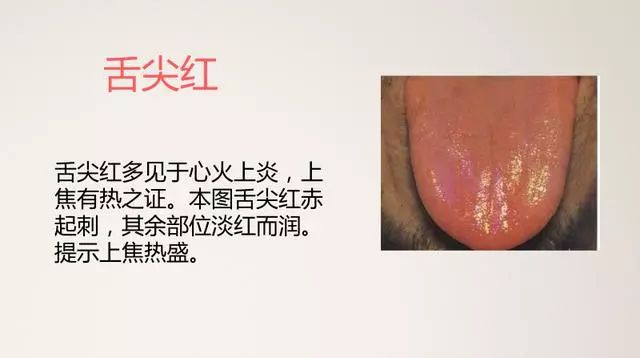
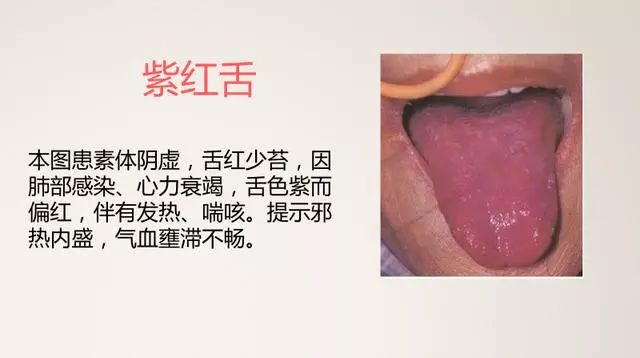
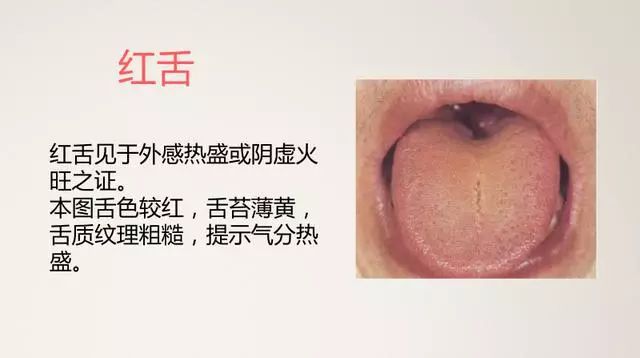
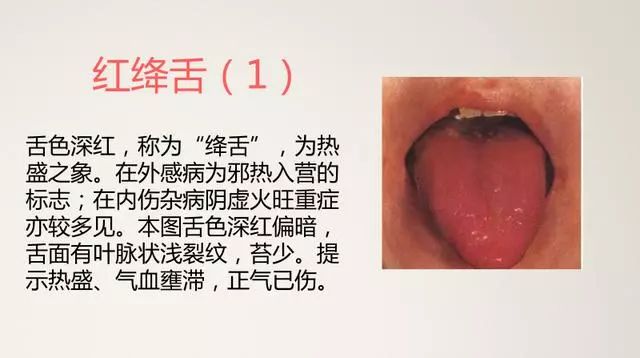
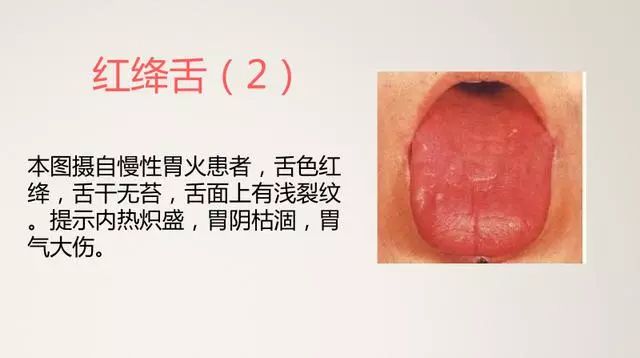
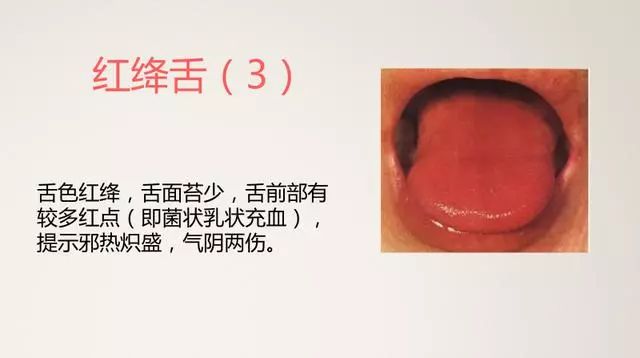
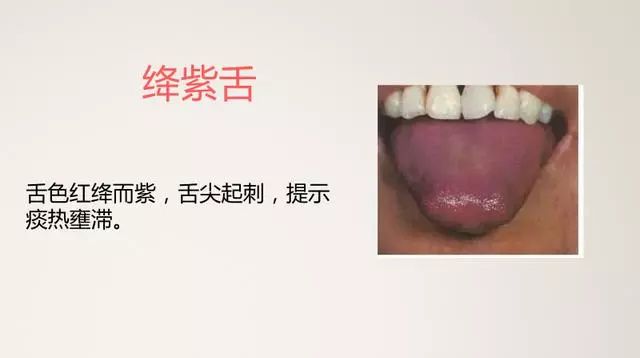
Tongue Coating Section
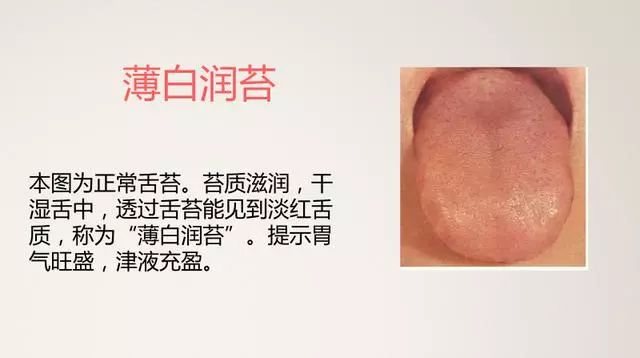
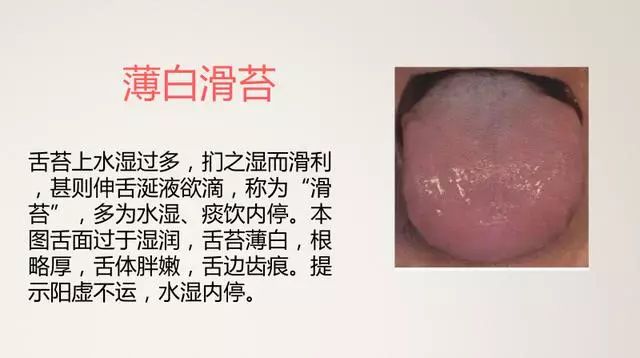

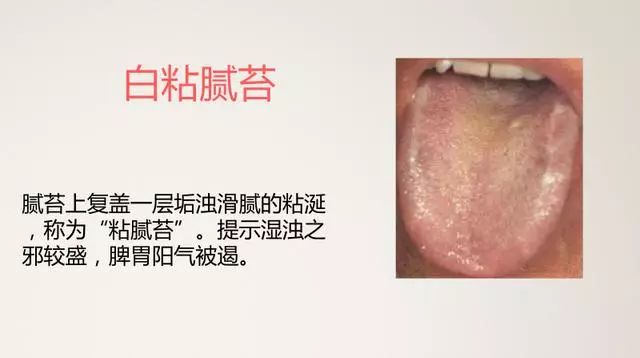
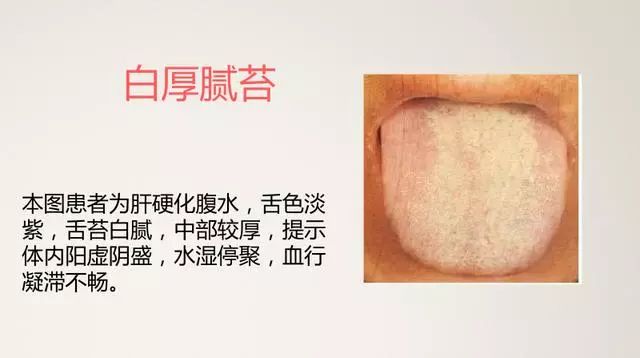
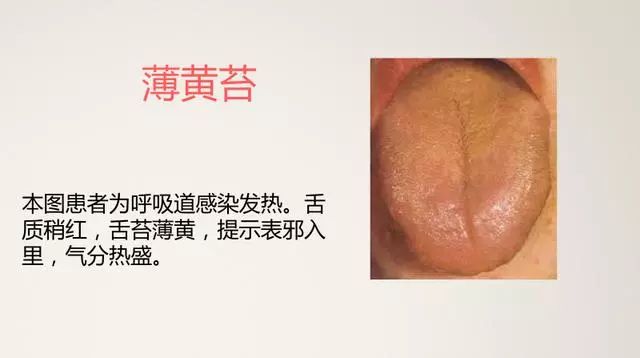
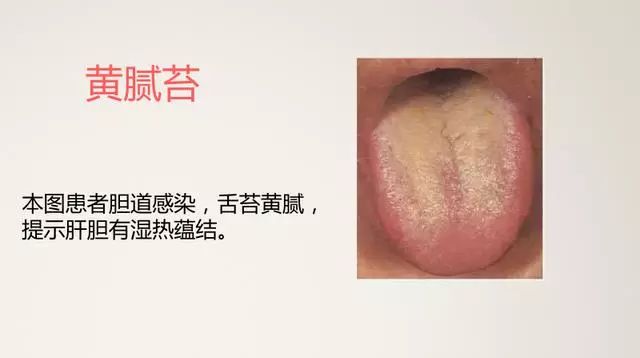

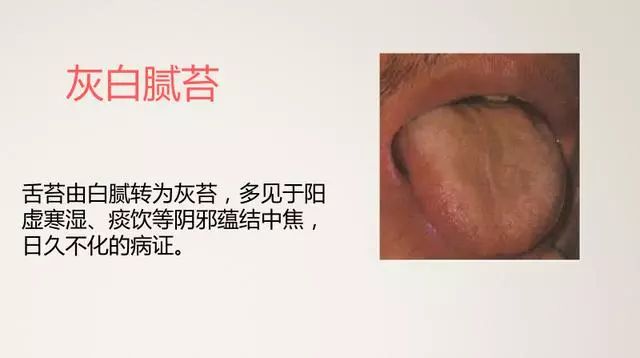
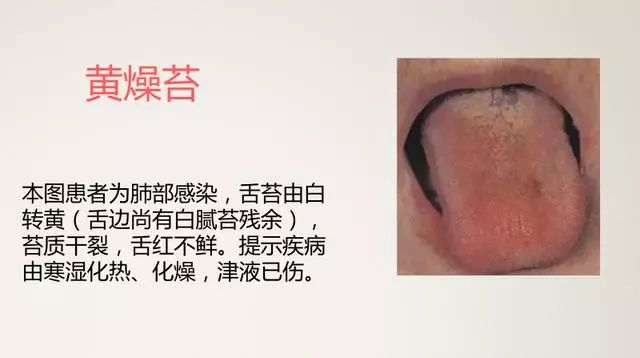
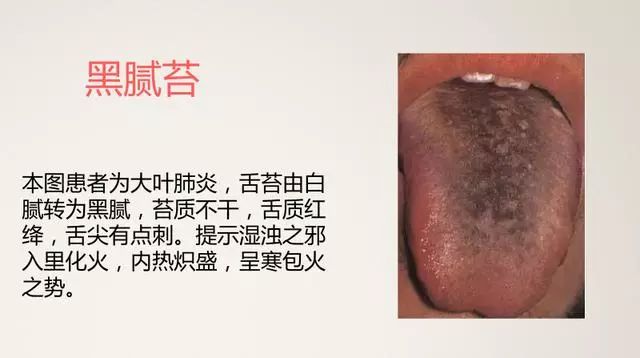
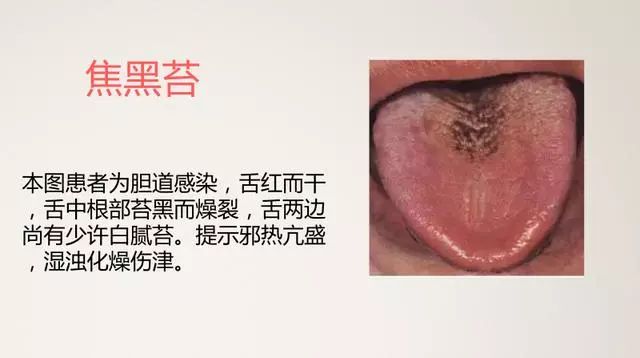
The tongue image is one of the most important observation objects in TCM diagnosis and is a challenging subject to master. In the eyes of experts, the small tongue can reveal the causes, mechanisms, and treatment strategies of diseases. Therefore, mastering tongue images is essential for studying TCM! The famous physician Wu Kun’an from Zhejiang during the Qing Dynasty summarized his lifelong insights on tongue observation and diagnosis in a poem, which, if memorized, can greatly benefit disease diagnosis and treatment. Let’s take a look at the original text of the tongue observation and diagnosis poem:
Six evils cause symptoms, the first step is to observe the tongue. Observe the color, differentiate between the hand and foot meridians, and distinguish between the exterior and interior. White indicates the lung, red indicates the heart, yellow indicates the stomach, red indicates the gallbladder, and black indicates the spleen. The lesser yin is purple and round, while the burnt purple indicates the liver and yin. The exterior is white, while the interior is yellow, indicating sweating and purging. The red tongue with yellow indicates the two harmonies. The white tongue indicates the lung and qi, while the red tongue indicates the heart and blood. The white tongue with yellow indicates qi disturbance, while the red tongue with white indicates lung fluid deficiency. The exterior evil can be treated with lung-clearing methods, while the qi aspect should be cleared with strong methods. Entering the camp to clear heat is a wonderful method, while blood should be cleared with earth and dan. White and yellow qi should be treated with caution, as they may indicate a long-standing condition. The tongue is red with yellow and white, indicating a balance between the two. A white and thin tongue indicates heavy wind-cold, while warming and dispersing is not harmful. A dry and thin white coating indicates a deficiency of fluids, and should be treated with cooling methods. If the coating is purely yellow with no white, it indicates that the exterior evil has entered the interior and dried the stomach. Further verification of old yellow with cracks indicates fullness and pain in the abdomen. The Taiyin indicates fullness with a greasy coating, while the Cang and Chen indicate dampness. Yellow and dry indicate chest fullness and discomfort, and should be treated with heart-clearing and small-harmful methods. A slight yellow and greasy coating with no thirst indicates a need for purging. Heat has not harmed the fluids, and yellow and thin indicate that it can still clear heat. Dampness remains in the qi aspect, and the coating is greasy, with urination like a drip. Dampness in the middle jiao causes fullness, and the Cang and Chen should be used to treat it. The upper jiao has damp stagnation and body heat, and the qi aspect should be cleared for self-healing. Dampness from the outside affects the skin, and Qinjiao and Sugui should be used to release the muscles first. Damp-heat that has been steamed for a long time becomes internal, and thick yellow indicates vomiting and purging. If accompanied by yellow in the body, it indicates a need for the five herbs to be combined. The red tongue indicates heat in the camp, and the Xiqiao and Dan should be used to treat it. If accompanied by fresh and pure red, it indicates that the evil has dried the meridians. Fire phlegm and salty internal closure can be treated with Xihuang and Zhubei. The heart bears the stomach’s burning, and the center is red, indicating a need to clear the stomach and heart. If the fire is inflamed and the tip is red, the Xiqiao and Da should be used to treat it. If the edge is red and the center is dry and white, the upper jiao has heat and blood is not dry. However, clearing the diaphragm without form heat is difficult. A red tongue with a floating and greasy quality indicates summer heat and dampness, which may lead to phlegm. Be cautious of internal closure and aromatic herbs. A white coating on a red base indicates heat due to dampness. Heat toxins invade the heart, with red spots indicating heavy symptoms. Yellow and white indicate the need for urgent treatment. The tongue is red with yellow and white spots, indicating heat and dampness. The ancient name for fox phobia is the same, and mixed symptoms of cold and heat should be carefully examined. A tongue that is not fresh and is withered indicates kidney yin deficiency, making it difficult to save. Purple and withered indicate liver and kidney, while red and shiny indicate stomach fluid deficiency. Yellow and thick indicate that the evil has entered the interior, while black and dry indicate deep heat. Repeated clearing without resolution indicates the need for urgent treatment of yin. Black and slippery indicate cold water, while abdominal pain and vomiting indicate the need for internal examination. If accompanied by a greasy and floating shape, it indicates phlegm retention. A tongue with yellow and black indicates heat steaming the spleen, making it difficult to bear. Vomiting and constipation due to alcohol injury should be treated with purging methods. Cold and dampness often invade the qi aspect, while wind and two qi combine. The tongue should be yellow and white, and the formula should be used to connect the symptoms. Warming evils and summer heat enter the camp, and the Taiyin and qi aspects should be combined. The heart and camp are affected by the lung, and summer heat combined with dampness should be cleared. Cold damage enters the interior, and the Yangming is the main treatment. Heat disease without cold indicates strong heat, and Huangqin and Zhizhi are passed down through the ages. Severe chills and fever indicate cold damage, and sweating and dispersing should be the first treatment. The Shaoyang and warm diseases should be differentiated, and the red tongue indicates the need to know the wood and fire. Red eyes, deafness, and severe body heat indicate the need for Zhiqiao and Xijiao. If the warm evil is received from above, it first enters the lung. Qinqiao, Zhi, and Sangluo should be used to clear the lung. The evil enters the heart and camp, and the gallbladder should be treated with Yuanmai and Yuchang. Cold and warm qi should be differentiated, while summer heat and dampness should be intertwined. Long-standing dampness leads to a greasy tongue, and summer symptoms should be emphasized. Summer damage to the qi aspect indicates a white coating, thirst, and vomiting. Body heat, weak pulse, and fullness in the chest indicate the need to clear the qi aspect. Loupi, Beixing, and Qinqiao should be used to clear the lung. If coughing with red lotus leaf juice, fullness should be treated with Poria and Yujin. Summer heat enters the heart, and the tongue is red, indicating lethargy and deafness. Sweating and urination are not the solution, and if not treated, the heart will be damaged. Xiqiao, Dan, and Yuan should be sought, along with Yinhua, bamboo leaves, and stone calamus. If internal closure occurs, it may lead to confusion, and Niu Huang should be used for treatment. Summer heat and dampness combine to invade the three jiaos, causing fullness and swelling, and abdominal pain should be prevented. Zhi, Beixing, and Poria should be used to treat it. Long-standing dampness in the qi aspect leads to a red tongue with yellow and dry coating. Coughing blood should not be treated with greasy methods, and deafness should not be treated with Shaoyang. The three jiaos should be treated with Tongru and Beixing, while Jin and Yinhua should be used to clear cold. If rashes and spots appear, phlegm and fire should be cleared to nourish yin. The coating is powdery white with red edges, indicating that the epidemic is most severe. Urgent use of the Da Yuan formula with guiding herbs is necessary, and yellow and black should be treated quickly. If fresh red and pure red appear, it indicates that the epidemic has invaded the meridians and camp. Clearing evil and detoxifying with silver and rhinoceros is a wonderful method, while calamus and golden yellow should be used to clear summer heat. Warming evils and summer heat often lead to rashes, and clinical treatment should focus on clearing and penetrating. Rashes belong to the lung, and wind and heat cause spots. Spots caused by stomach heat appear as such. Rashes are white and soft on the skin, while blood heat appears as red. A white tongue indicates the need for Jing and Fang, while a red tongue should avoid Ge and Sheng. In general, if the body is weak, the coating is tender and thin, pale red with slight white indicates a need for nourishment. Thick yellow and greasy indicate evil accumulation, and the diagnostician should know to clear and resolve it. 

